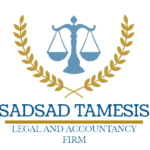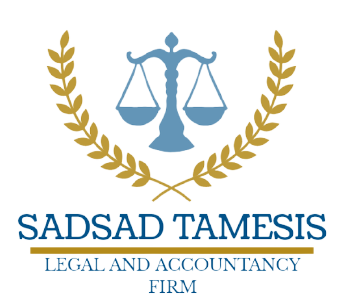Books of Accounts: Simplified and Explained
Having a book of accounts isn’t just for the sake of organization. If you’re handling a business establishment, you must manage a book of accounts. In fact, it’s one of the first things you have to register when applying for a Certificate of Registration with BIR. This doesn’t just include large corporations; even freelancers and smaller businesses need to keep a book of accounts. Your book of accounts should record all business transactions throughout your business, along with proof of transactions, such as receipts. These recordings are to ensure that your business is properly paying its due taxes to BIR, so ensuring your book of accounts is accurate and updated is essential. Be wary of letting your book of accounts go unupdated, as it could lead to harsh penalties. Here are the basics of your books of accounts so that you can start recording your business transaction Formats of Books of Accounts BIR currently accepts three formats of book of accounts, and you are free to choose whichever format works best for you and your business. However, do note that if you are a large taxpayer (meaning you have total annual gross sales/receipts of at least P1,000,000,000), you are required to use a computerized book of accounts. Manual Books of Accounts Chances are you’ve seen books of accounts for sale in an office supply store or bookstore. These are preprinted with all the required components of a book of accounts, and each entry has to be handwritten. You can register a manual book of accounts once you’ve gotten your Certificate of Registration from BIR. Once you have filled up your first book of accounts, you’ll be able to register another volume. Computerized Books of Accounts Finally, computerized books of accounts are programs where you can log your transactions, with functions and features that can help with efficiency. Many programs are available to purchase, but you can also hire IT experts to create one just for your business. However, do note that BIR is stricter with approving these programs. They have to put it under rigorous testing to ensure that it complies their rules and regulations. Again, large taxpayers must use computerized books of accounts. Loose-leaf Books of Accounts Finally, loose-leaf books of accounts combine both manual and computerized formats. You would create entries through a computer, usually using a template. Then, you can print these entries out, bind them, and it to BIR as your book of accounts. Note that you must submit your template to BIR first for approval before you can use it for your entries. During registration, you must also justify why a loose-leaf book of accounts is the best format for your business. Basic Types of Books of Accounts General Journal The General Journal is where you would initially put your accounting transaction. Many also call it the ‘original entry book’ for this reason. When creating an entry in the General Journal, you’d have to write down the date, description, reference code, and the debit or credit amount. General Ledger On the other hand, the General Ledger is also what taxpayers call the “book of final entry.” Here, you’ll be writing down summaries of your transactions that you previously recorded in your General Journal, as well as the other journals in our book of accounts. You’ll essentially follow the same format, too: account name, date, reference code, and the amount in either debit or credit. Cash Receipt Journal To keep your cash receipts in order, you’ll first have to input them in your Cash Receipt Journal, then transfer them to the General Ledger later on. To successfully record a cash receipt, you’ll need to write down the date, the official receipt number, description, amount, and other account titles (if any). Cash Disbursement Journal Likewise, you’ll need to keep track of your cash disbursements in order to summarize them in the General Ledger later. To do so, you’d write down the date, description, amount, and other amount titles. If you’re a non-VAT registered taxpayer, these four basic types are all you’ll need for your book of accounts. However, if your business is VAT-registered, there are two more journals you’ll need to update. Sales Journal You’ll need to record every sales transaction that your business completes in your Sales Journal. The format you’ll have to follow includes: Note that you won’t need to write the customer’s name and address if a Customer Master File is available. A Customer Master File, or CMF, is a company’s record of all of their customers’ information. Purchase Journal You’ll also need to record all of your business expenses in your Purchase Journal. The format is similar to the Sales Journal and is as follows: Just like with your Sales Journal, you won’t need to include the supplier’s name or address if you have a Vendor Master File, which functions in the same way as the Customer Master File. You’ll soon be able to register your own Book of Accounts now that you know how it works. Be sure to check BIR’s requirements and instructions before proceeding with registration. Are you in need of guidance regarding your book of accounts? Schedule a consultation with STLAF’s team of accountants today so that you can start recording your business transactions with ease.
Books of Accounts: Simplified and Explained Read More »

